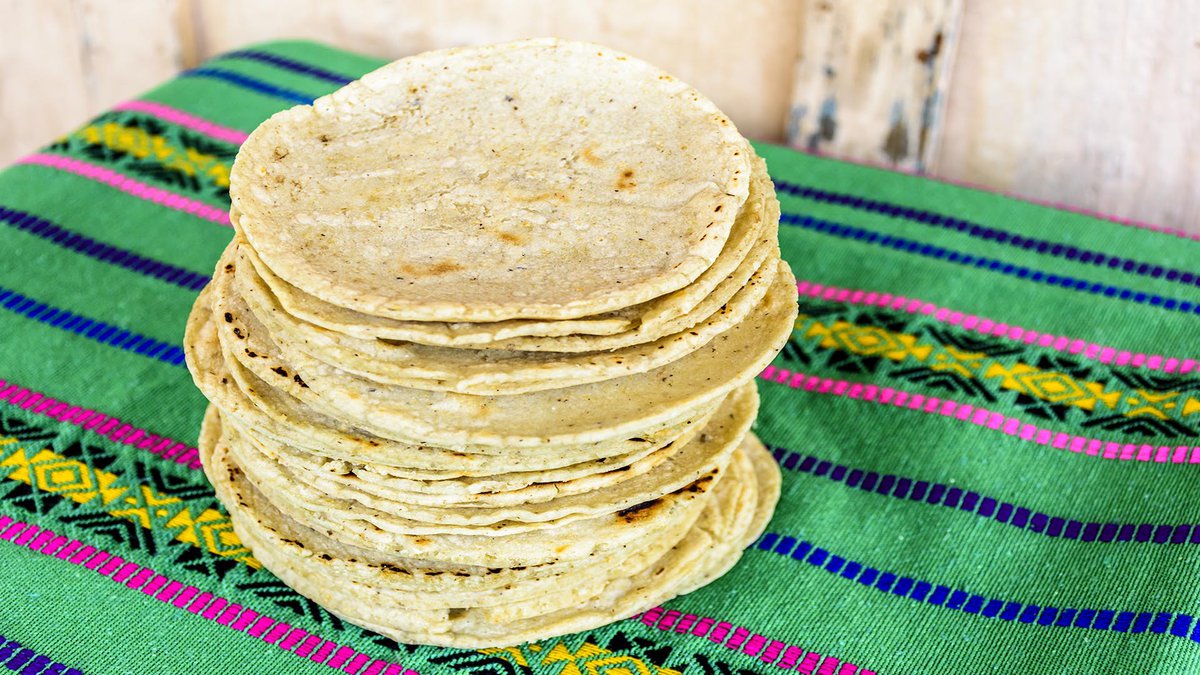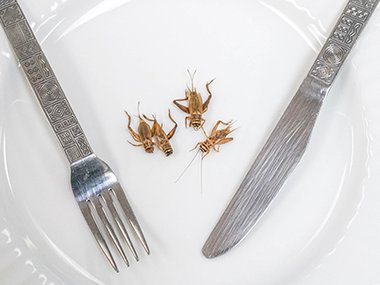Beans. Meat. Shredded cheese. And don’t forget the tortilla chips! In many cities, you would be hard pressed to travel around and not pass a restaurant serving Tex-Mex cuisine. If you’re always up for taco Tuesdays, you have Adelaida Cuellar to thank!
Cuellar is credited with helping transform the Tex-Mex space. When she migrated from Mexico in the 1890s, the entrepreneur began selling her tamales with chili at the county fair. Jump to 1928, and Cuellar opened a restaurant, which later expanded into El Chico, a chain that operates globally today!
At the heart of Cuellar’s tamales, and countless other Latin American dishes, is maize, also known as corn. The type of maize used is not like the tender sweet corn some people grill in the summer, but has hard and dry kernels. For centuries, people across Mexico and Central America have used a traditional method, known as nixtamalization, to process their maize so it is more digestible and nutritious.
To start, dry maize kernels are cooked in water and lime–not the kind you’d garnish a margarita with, but food-grade lime known as calcium hydroxide. This alkaline solution helps break down hemicellulose in the stiff hull, loosening hull from kernel and softening the maize.
Maize will steep in this alkaline cooking liquid for hours and absorb calcium in the process. Tortillas made from treated maize can have up to 18x more calcium than the maize from which it originates! The finished product after all that steeping is known as nixtamal. Grinding nixtamal with some water will produce masa–a maize dough–and from there the culinary possibilities are nearly endless.

Some popular foods were created by accident–popsicles and Slurpees to name a few–and nixtamalization is likely no different. It’s not everyday you boil dry maize kernels in calcium hydroxide for hours, right?
Nixtamalization was likely discovered by accident when ashes from the cooking fire mixed with the boiling corn. This process is reflected in the name itself, where the word nextli means ashes and tamali means unformed maize dough in the Aztec language Nahuatl. What began as an accident has stood the test of time due to the changes in the corn’s chemical structure, functionality and nutritional value. We’ve already mentioned calcium, but nixtamalization also increases the bioavailability of vitamin B3, increases shelf stability, increases the overall yield of the maize and the list goes on and on!
The nixtamalization process was very important in the early Mesoamerican diet, and it continues to be an important cultural tradition. It’s also a great example of successful food science. Afterall, without nixtamalization there would be no tostadas, tamales or tortilla chips!
Wow, is anyone else hungry?!


